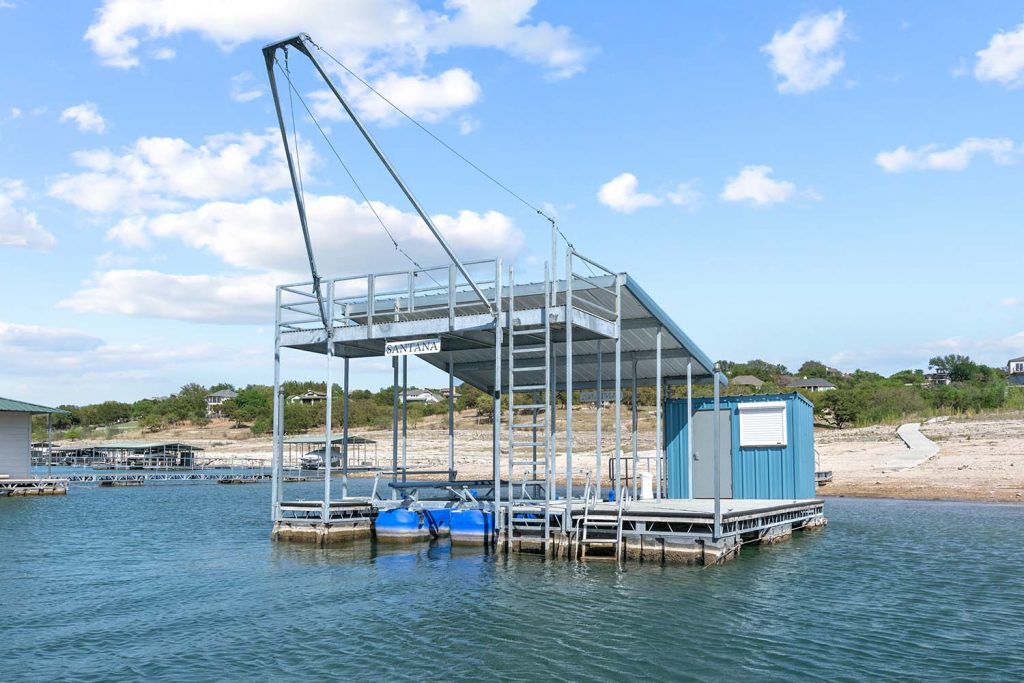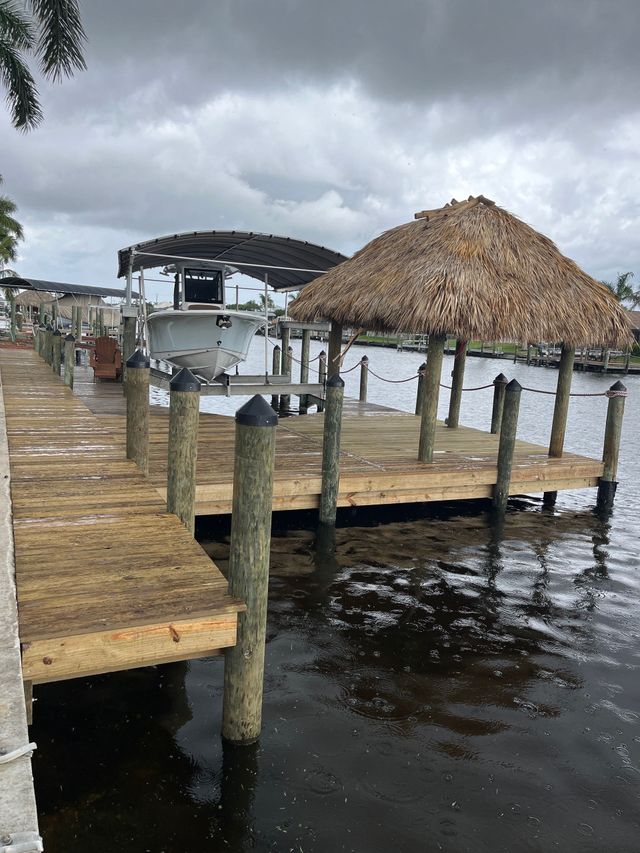DIY Tips for Simple Dock Repairs You Can Handle
DIY Tips for Simple Dock Repairs You Can Handle
Blog Article
Efficient Dock Fixing Techniques: Guaranteeing Architectural Honesty
Guaranteeing the structural honesty of anchors via efficient repair service methods is vital for the long life and safety and security of marine centers. This includes a multi-faceted method beginning with comprehensive examinations utilizing sophisticated innovations like sonar devices and remotely ran automobiles (ROVs) to identify both visible and hid problems. Consequently, choosing the appropriate fixing materials, such as composite materials and corrosion-resistant alloys, is essential for resilience. Architectural reinforcement methods, including the implementation of cross-bracing systems and load-distribution plates, play an essential function in mitigating stress factors. Nevertheless, the relevance of these strategies ends up being evident when checking out sophisticated repair methods and preventative maintenance methods.
Evaluating Dock Damages
Examining dock damage is a vital initial step in ensuring the structural stability and safety and security of any kind of docking center. Trick facets to analyze consist of the dock's structure, pilings, outdoor decking, and equipment (Dock Repairs).
Architectural engineers or qualified examiners generally carry out these assessments using specialized devices and methods. As an example, underwater inspections may use sonar devices or remotely operated vehicles (ROVs) to find submerged damage. Over water, visual inspections are matched by using moisture meters and various other analysis devices to reveal underlying problems not promptly visible to the nude eye.

Choosing Repair Service Products
Picking the suitable fixing products is a pivotal action in the dock remediation process, one that straight influences the longevity and performance of the repaired structure. Material selection have to be driven by aspects such as ecological problems, load-bearing needs, and compatibility with existing dock parts. For instance, wood is a standard choice for anchors as a result of its all-natural strength and visual appeal. Choosing the appropriate type of wood, such as pressure-treated lumber or normally rot-resistant types like cedar or teak, is critical to withstand aquatic settings.
Along with timber, composite products are significantly preferred as a result of their longevity and low maintenance needs. Composites, typically made from a blend of plastic and timber fibers, use excellent resistance to rot, insects, and UV damages. For steel docks, choosing corrosion-resistant alloys such as galvanized steel or marine-grade light weight aluminum is necessary to avoid corrosion and make sure architectural stability in saline water problems.
Epoxy materials and marine-grade sealers are vital for fixing splits and securing joints, offering a water-proof barrier and enhancing the dock's overall strength. By thoroughly selecting high-grade materials, dock fixings can achieve long-lasting results, thus protecting against future destruction and ensuring secure, reputable use.
Structural Reinforcement Strategies
Effective structural support methods are important in making certain the security and longevity of dock repairs. One basic approach includes making use of steel or composite support bars (rebar) within concrete structures. Rebar supplies added tensile stamina, preventing fractures and distributing tons more uniformly. This approach is particularly reliable for docks revealed to heavy lots or extreme environmental conditions.
One more necessary strategy is the application of fiber-reinforced polymers (FRP) These products provide high strength-to-weight ratios and excellent resistance to rust, making them ideal for reinforcing concrete or wooden anchors. FRP can be used in sheets or strips and bonded with epoxy materials to improve structural honesty.
Bracing and securing systems also play a critical role in architectural support. Cross-bracing, making use of steel or wooden beam of lights, can combat lateral forces, reducing swaying and activity. Anchoring systems, such as helical piers or driven piles, provide a secure structure by moving loads to much deeper, extra stable soil layers.
Last but not least, the assimilation of load-distribution plates can aid disperse weight much more evenly throughout the dock's surface area, reducing localized anxiety points. These techniques collectively ensure that anchors stay secure and robust, efficient in standing up to the rigors of their functional setting.
Advanced Repair Work Methods

Another sophisticated strategy involves content undersea welding, which enables for repair services to be carried out without the need to dewater the area. This technique is particularly helpful for attending to structural concerns in Related Site immersed dock components, guaranteeing very little interruption to operations. Boosted welding techniques, combined with robot systems, supply accuracy and dependability, therefore extending the lifespan of the dock.
Furthermore, cathodic protection systems are implemented to avoid rust in metal dock structures. By making use of sacrificial anodes or satisfied present systems, these strategies successfully minimize the electrochemical procedures that lead to material wear and tear.
Last but not least, advanced tracking modern technologies, such as architectural health surveillance (SHM) systems, supply real-time information on the problem of dock structures. These systems enable proactive upkeep and timely interventions, ultimately making certain the lasting structural stability of the dock.
Upkeep and Avoidance
Upkeep and avoidance are fundamental ideas that underpin the durability and security of dock structures. Normal inspections are paramount, enabling early detection of deterioration, prospective weak points, and environmental impacts. A proactive technique, involving routine checks for deterioration, rot, and architectural shifts, mitigates costly fixings and lengthens the dock's operational life.
Precautionary measures should include using safety layers to metal components to secure against corrosion and utilizing cured wood to withstand decay. Furthermore, making certain appropriate water drainage and air flow can avoid water build-up, which is a common reason for architectural destruction. Including quality materials and adhering to supplier standards throughout building read the full info here and construction and fixing stages additionally play important roles in improving sturdiness.

Educating workers in dock maintenance best methods ensures constant application of precautionary measures. Leveraging technical breakthroughs, such as drones for examinations and sensors for real-time surveillance, can further enhance maintenance initiatives. By focusing on maintenance and prevention, dock proprietors can make sure architectural honesty, operational safety, and cost-effective administration over the dock's life-span.
Final Thought
In conclusion, keeping the structural stability of aquatic facilities necessitates comprehensive dock fixing methods. Advanced repair methods, combined with normal maintenance methods, make certain the dock remains risk-free and functional under varied ecological problems.
Making certain the structural integrity of docks with efficient fixing strategies is extremely important for the longevity and safety and security of marine centers.Picking the suitable fixing materials is a crucial action in the dock repair process, one that straight affects the long life and performance of the fixed framework.Efficient structural support methods are vital in ensuring the stability and long life of dock repair work. By prioritizing upkeep and prevention, dock owners can ensure structural integrity, functional safety and security, and affordable administration over the dock's life-span.
In final thought, maintaining the architectural stability of aquatic facilities demands comprehensive dock fixing strategies.
Report this page